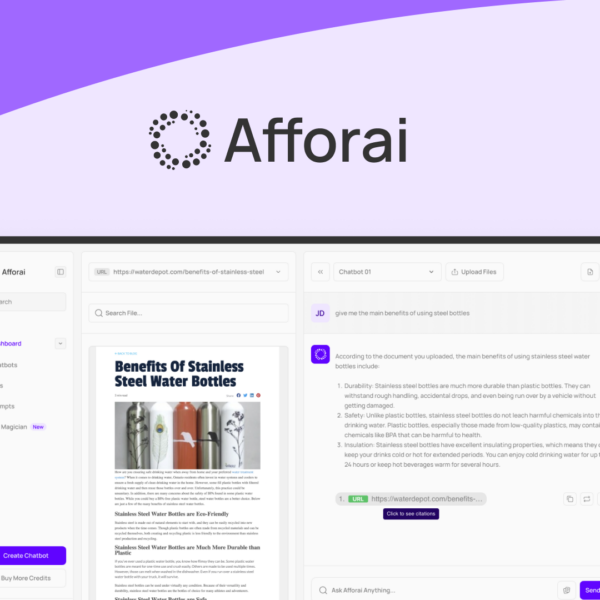SaaS Expansion can often hit a wall when users feel disconnected from a product that doesn’t speak their language. With the rise of localization AI, companies can tailor their offerings to resonate better with diverse markets…
Understanding the Role of Localization AI in SaaS Growth is vital for companies aiming to reach a global audience. SaaS products must feel local to users. This means using the right language, cultural references, and even local images in the content. Localization AI helps achieve this efficiently.
Localization AI can translate texts, adapt content, and even adjust user interfaces automatically. This saves time and money while ensuring accuracy. Many businesses struggle with manual translations, which often lead to errors or inconsistencies.
Moreover, customers prefer products that speak their language. A study found that around 75% of users are more likely to buy a product if it’s available in their native language. This statistic emphasizes the importance of localization.
SaaS companies can use AI-driven tools to monitor user feedback efficiently. These tools help understand what works well in one region and what needs changes in another. By analyzing this data, companies can keep improving their offerings.
Localization AI also adapts the product’s features based on local preferences. For instance, payment methods vary across regions. Understanding these differences can help increase user satisfaction and retention.
Another advantage of Localization AI is speed. While traditional methods can slow down release timelines, AI accelerates the process. This allows companies to react quickly to market demands.
Overall, Localization AI plays a key role in making SaaS products more accessible and user-friendly worldwide. This technology helps companies expand their impact and cater to a broader audience effectively.




